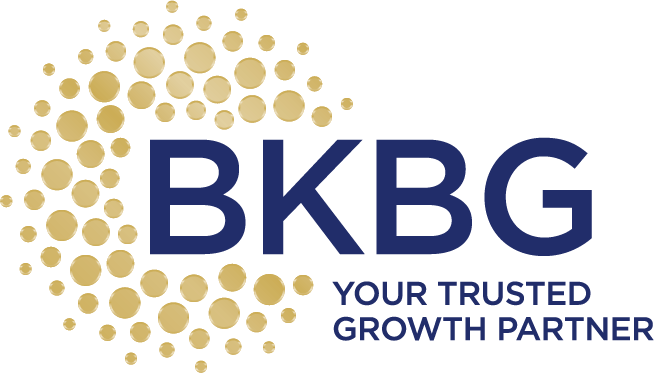Custom Solutions vs. Prefabricated Solutions: Which is Ideal for Your Customers?

In the kitchen and bathroom renovation industry, companies frequently encounter a crucial choice: deciding between personalized or pre-made solutions. Every method has unique benefits and factors to consider, and recognizing these can assist companies in making well-informed decisions that most effectively serve their customers.
Custom Solutions: Created to Suit Individual Needs
Tailored solutions provide unmatched flexibility and customization. These projects are designed to fulfill precise client needs, ensuring that every aspect corresponds to their vision. This degree of personalization enables one-of-a-kind design features, accurate sizing, and the utilization of high-quality materials, leading to improved visual attractiveness and usability of the area.
Custom solutions can give a feeling of exclusivity and luxury for high-end projects or clients with specific tastes. They are perfect for areas with unique sizes or particular requirements that standard pre-made choices cannot accommodate. Nevertheless, personalized options often incur greater expenses and extended project schedules because of the unique characteristics of the tasks required.
Prefabricated Solutions: Improved Efficiency and Affordability
In contrast, pre-made solutions are produced away from the actual construction site in a monitored setting and later put together on-site. This method comes with numerous benefits, especially in terms of saving money and time.
Pre-made units are usually cheaper than custom constructions because they take advantage of economies of scale and lower labor expenses. Moreover, the timeline for construction is frequently reduced, which is especially important for projects with strict deadlines.
Prefab choices have significantly improved in quality and diversity over time. Numerous manufacturers now provide a diverse selection of styles and finishes, simplifying the search for prefabricated elements that cater to different design preferences.
Nevertheless, the main disadvantage is the absence of personalization. Although these solutions are adaptable, they might not completely satisfy the specific needs or visual preferences.
By carefully evaluating the project's requirements and client expectations, businesses can choose the most appropriate approach, ensuring successful and satisfactory renovations. Understanding the strengths and limitations of each method allows for a more strategic decision-making process, ultimately delivering the best results for clients.
